Centuries ago, the Incas built a huge empire, spanning from Ecuador to Chile. One of the reason they were able to maintain it, until the Spanish invasion, was an efficient communication system. This system relied on multiple messengers and a huge network of trails connecting the different cities.
The trails
To reach Machu Picchu nowadays it is possible to follow one of these trails. The most famous one is the so called Inca trail (although they are technically all Inca trails). It was a religious path, passing through several temples and reaching Machu Picchu through the Sun Gate. In the past years it became so popular that the government now needs to strictly regulate the access to it. Among the rules, it is mandatory to be accompanied by a guide, and there is a maximum number of people allow on it at any times. The spots get filled very quickly so, if you’re planning to do it in 2020 book it now!
Another trek also leading to Machu Picchu is gaining popularity in the past years. The access to it is not regulated yet, and it follows an ancient commercial route: the Salkantay trail. Even if you don’t need a guide, we decided to pass through an agency since that would have been our first experience on a several-day trek at high altitude. We chose to do the Salkantay trail in 5 days and 5 nights with Alpaca Expeditions.
Alpaca Expeditions
This agency offers several other treks, of different duration and difficulty. For every trek, they take care of everything: booking transportation and accommodation, visit to Machu Picchu, food, and many other amenities. It is worth spending some words about the food in particular: it’s incredible! The variety and quality is outstanding, especially if you think that the cook is using only a kitchen camp. One day he made us a cake, without oven!
It is also a “door to door” service, as they say: they pick you up at your hotel and leave you there when the trek is finished.
They were one of the first companies to hire women first as cooks and guides and, since 2018, also as porters. These professions where only for men until then while nowadays out of the 300 porters, 50 of them are women. Moreover, all of the employees come from the Cuzco region, mainly from small mountain communities.
Alpaca Expeditions also try to give back to these communities through social programs. For example, they hired a full time teacher, with the sole purpose of teaching to the kids of the most remote villages, often forgotten by the central government. Twice a year, they also give the opportunity to their employees and family to visit Machu Picchu and discover part of their culture. Indeed, the visit to this world wonder has become a privilege of difficult access for the local population and in a trek like the one we did, the porters never get to enter Machu Picchu.
Preparations for the trek
If you don’t want to travel with your full equipment, you can rent pretty much all you need from Alpaca. Sticks, air mattress, warm sleeping bags, they have everything. Just be sure to bring with you, among others, sunscreen and mosquito repellent. The day before the trek you’ll have a briefing with your guides where you can ask as many questions you want. Here they’ll give a full list of stuff that you will need during the trek.
We ended up renting only the sleeping bags. Some basic mattresses are provided for free and only two nights are passed in a tent. Caroline does not use sticks, and Paolo bought a second-hand one in Cuzco from Rosly (a rental gear shop). It might be possible for you to rent the equipment in a shop in the city to save some money. We haven’t explored the possibility, but, in case, we suggest Speedy Gonzalo, which we used for renting the gears for the Choquequirao trek.
If, like us, you do not have the possibility to leave your bag in the hotel, Alpaca has a free storage for you.
We suggest you to spend some days in Cuzco before the trek. The city and its surroundings are really nice, they surely deserve a visit. But, most of all, your body will be able to adjust to the altitude.
Day 0: A night full of stars
The first day is actually a half day, without walking. They picked us up after lunch and, after a 3 hours ride, we arrived at the campsite, at 3800 m. We spent the night in simple small houses, the roof of which was made of glass so we could fall asleep under thousands of stars. It was amazing! And the morning after we could start walking early.
Day 1: The Salkantay pass
The first day of the Salkantay trail starts with the visit to the Humantay lake. It is an hour and a half walk uphill that sets up the tone for the whole day. Here, the few days you spent in Cuzco before starting could really make a difference: the level of oxygen at this height is just one quarter than what it is at sea level. Going slow and frequently catch your breath and sip water is imperative. The reward is a beautiful lake, with shades from green to blue, under the snowy Humantay peak. The best thing is that, since we started really early, we were basically alone! The Humantay is in fact a popular one day trip, but all the groups usually arrive later in the day.
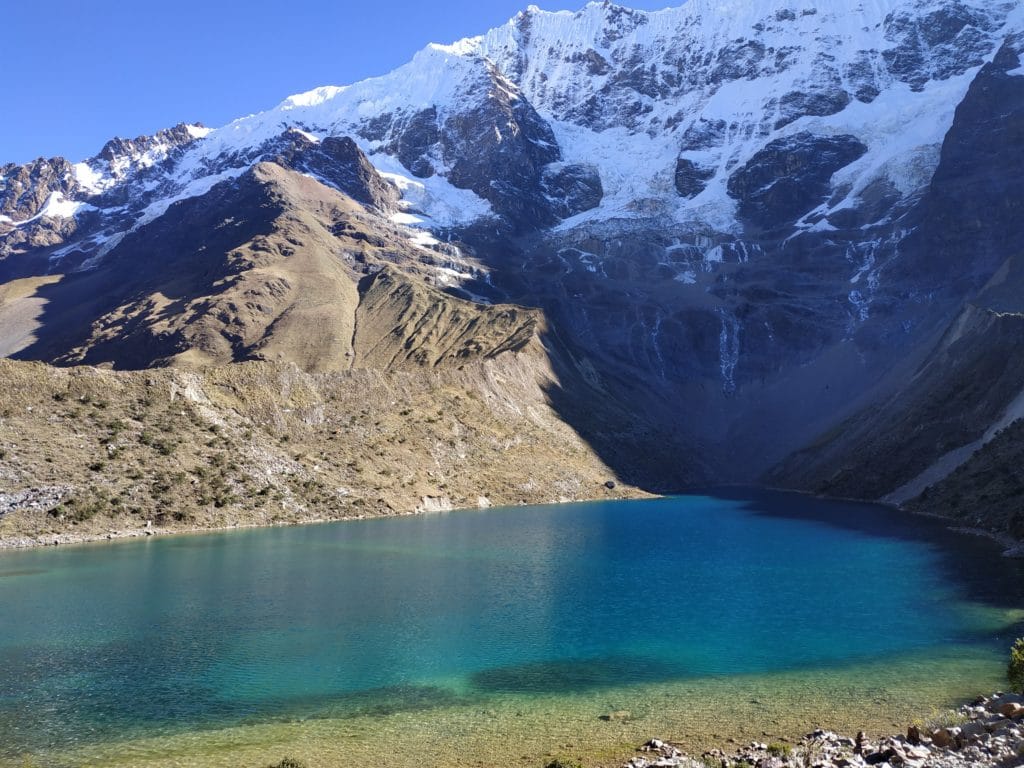
After taking the time for the photos, we re-descended to start our ascend to the Salkantay pass. The walk is quite hard, particularly because of the altitude. After passing one month in altitude we had no big problems, but other people in our group had. In these cases, the guide, after checking the level of oxygen in your blood, will decide if you need to continue on a horse or, in more extreme cases, use the oxygen can. In any case, they are ready to help you.
The landscape during the whole walk is breathtaking. The Salkantay peak getting closer and closer, the snow covering it that reflects the sun, the other peaks all around, the valley behind you, the small river getting down from the icy top. Just beautiful.
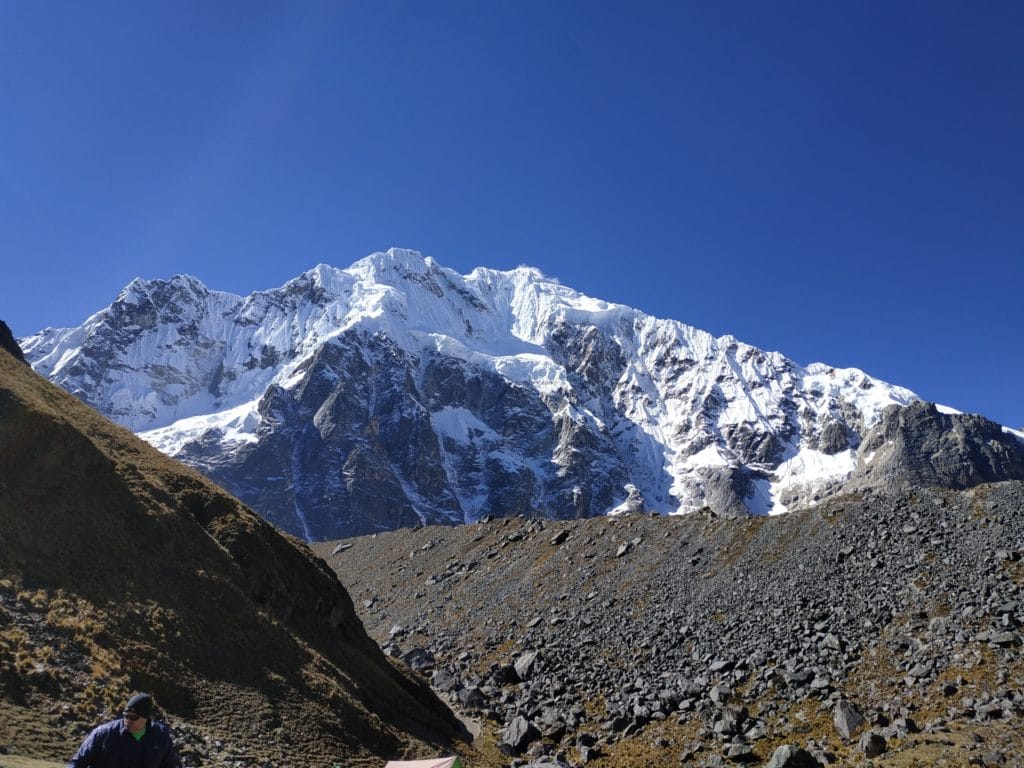
After lunch we finally reached the highest of the whole trek, at 4630 m, the Salkantay pass. We were so proud of the accomplishment but it was soon time to start going downhill and reach our camp for the night.
Day 2: Entering the rain forest
From 3800 m, we started walking downhill. In just a matter of hours we were surrounded by the luxurious vegetation of the rain forest. Our guide pointed the most beautiful flowers and plants like orchids and begonias. Unfortunately, together with the hummingbirds also the mosquitoes appeared.
After a full day of walk we reached the agency lodge, a Hobbiton-like place were we could take a shower and enjoy a hot Jacuzzi!

Day 3: Coffee plantations
Continuing walking in the forest, we passed bananas and passion fruit plantations. But our lunch stop was at a coffee plantation. Here we had the opportunity of collecting the coffee fruits directly from the trees. After, we separated the hull from the seeds. The seeds should then dry for two days. We toasted some already dried beans, together with some clementine peel and, at the end, some sugar. The smell was amazing. Even more so when we actually grind the beans and prepared our fresh coffee. So good!
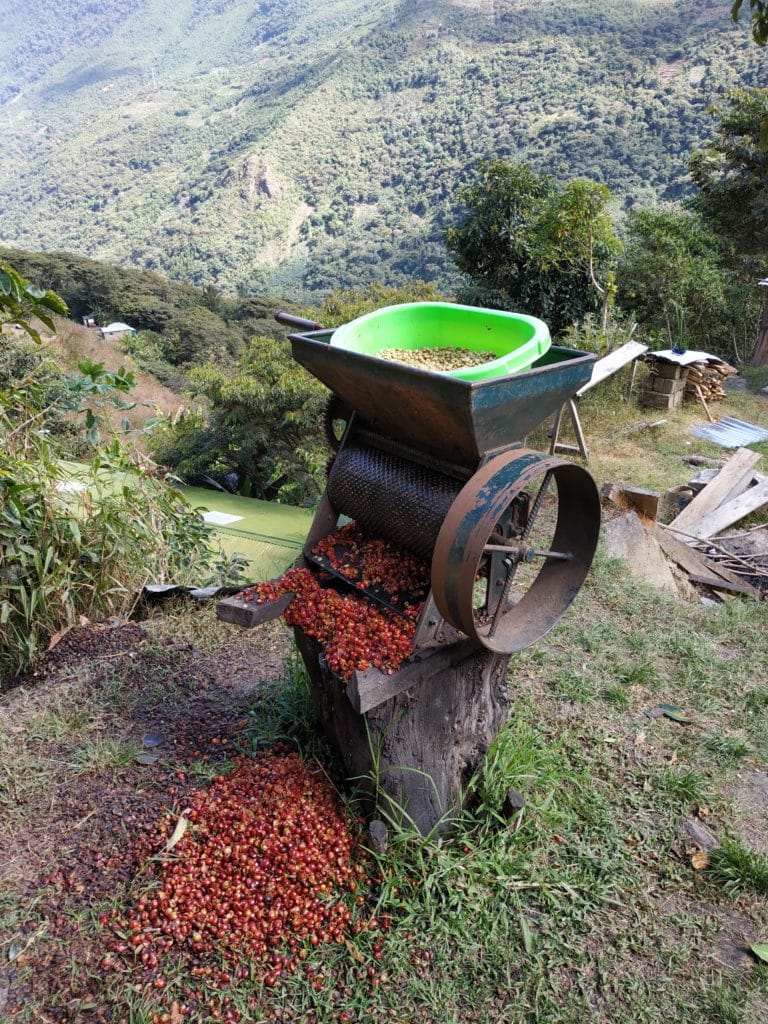
With our energy restored from the coffee, we started walking again. We reached the top of the hill, where we found a swing, and, on the other side, our first view on Machu Picchu! Here we visited the ruins of Llactapata, an ancient relay and resting point for the messengers. The guides told us the history of the Inca empire.
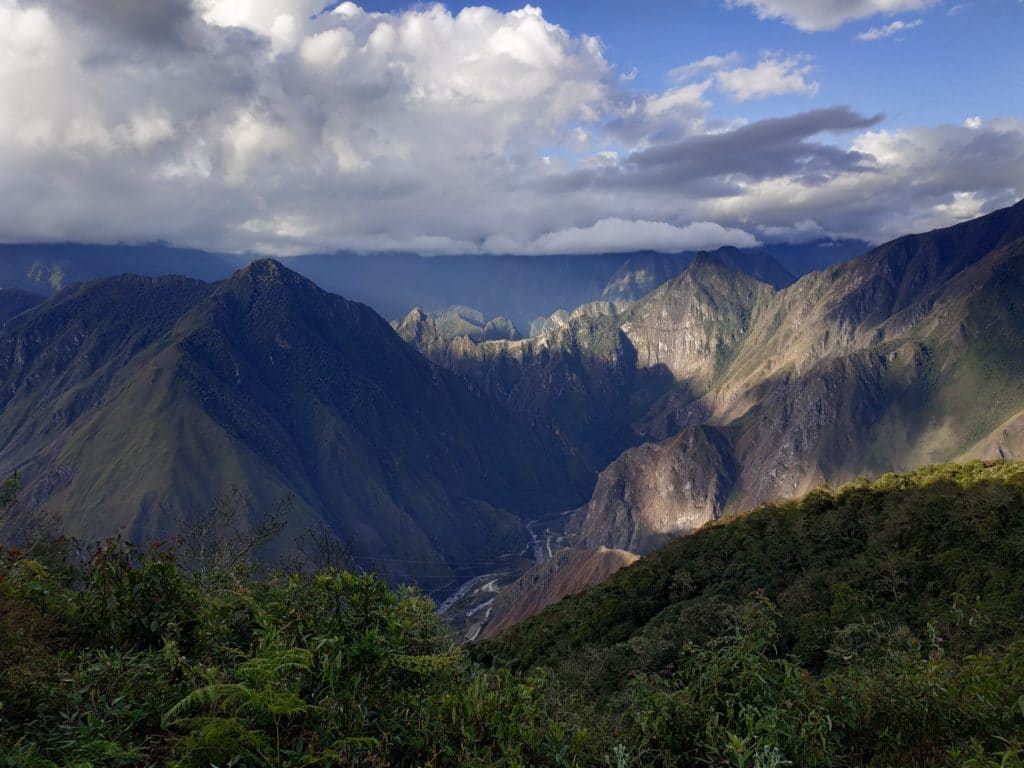
And with our goal right in front of our tent, we went to sleep before our last day on the trek.
Day 4: Following the train tracks
We left our camp to reach the train tracks at the Hidroelectrica station and follow them until Aguas Calientes. While for the most part of the trek we crossed just a couple of groups more, here we started seeing a lot of them. Arriving in Aguas Calientes was an incredible emotion: we did it! We survived the Salkantay! The hot shower we took in our hotel smelled like success, and sweat, and repellent, and sunscreen… but mostly success! The only thing left was: the visit to Machu Picchu.
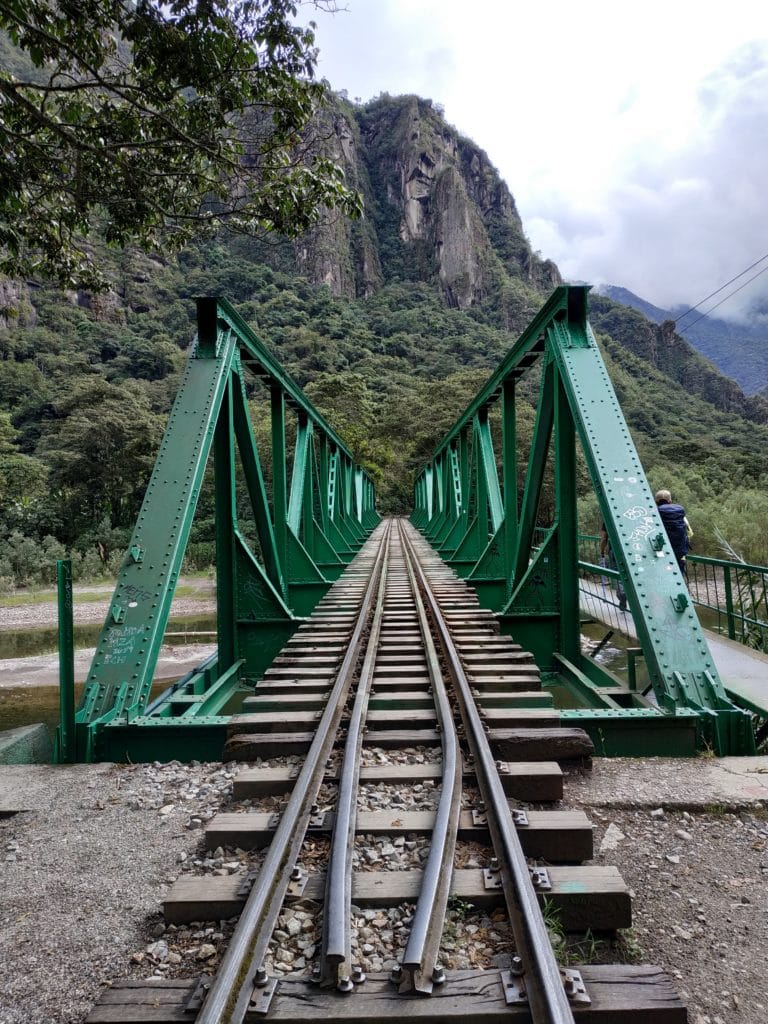
Day 5: Machu Picchu
We woke up at 4 am to be able to take the first bus to Machu Picchu. The entrances to the site are divided by hour slots, the first one being at 6 am. The buses pass every five minutes so if you’re not the first in line don’t worry. When you arrive up you should use the bathroom: there are none inside and if you leave the site there is no return.
After entering we headed to the famous photographic spots overlooking the ruins. By arriving that early we managed to get some photo without other tourists in the frame. After that we started our two hours guided tour.
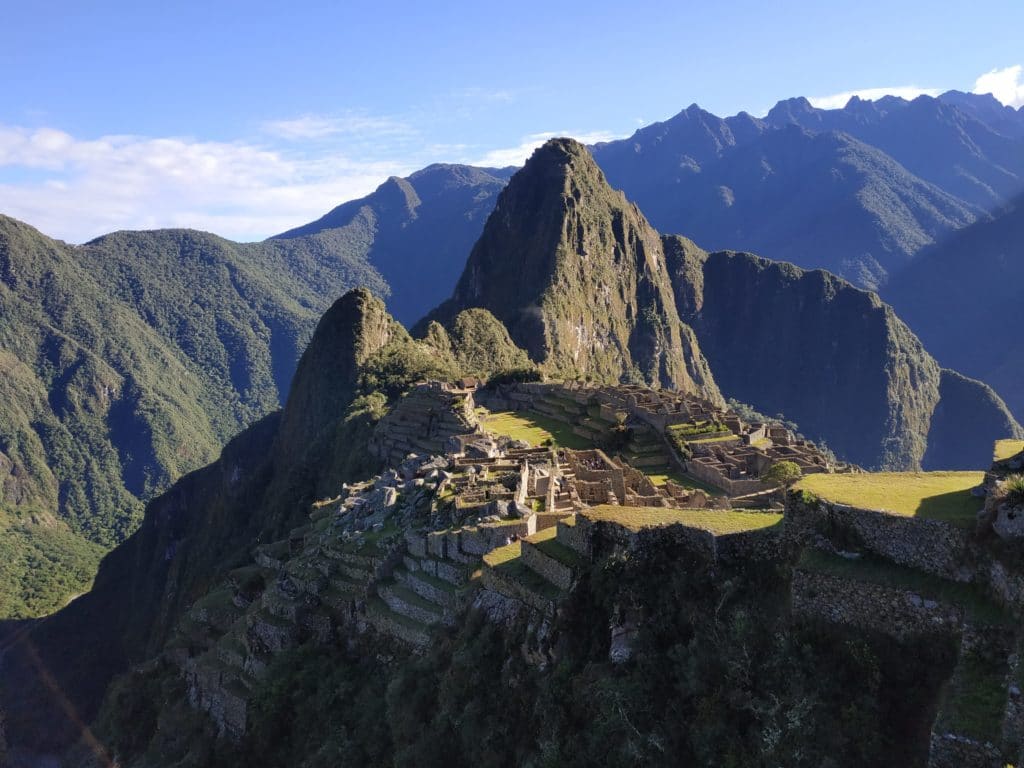
Machu Picchu is really impressive. We saw millions of photos before getting there but we were not even slightly disappointed. The perfectly cut stones, the terraces, the buildings perfectly integrated with the mountain… awesome!
Be careful: inside the ruins it is impossible to back track. The path is one-way so, take as many photos as possible!
Through Alpaca, you can add to the Machu Picchu visit a ticket for either Huayna Picchu (45 min walk) or Macchu Picchu mountain (1h 30 min walk). These are optional trek that leads you to two different viewpoints on the two mountains overlooking Machu Picchu.
After the visit we went back to Aguas Calientes, took the train passing through the sacred valley and then a bus to our hotel in Cuzco. As we said: a door-to-door service.
To not miss any of our adventure, subscribe to the monthly newsletter!
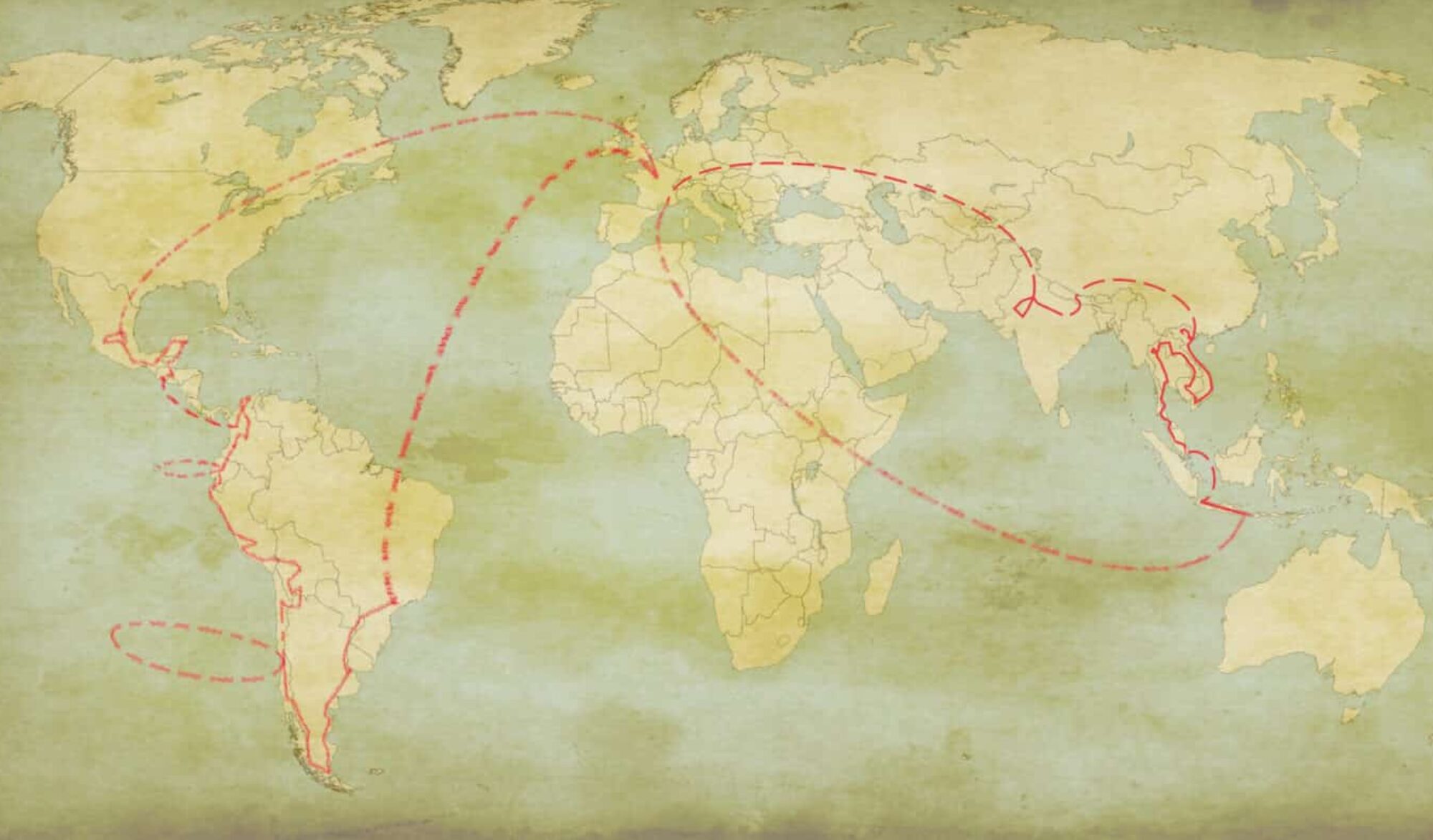
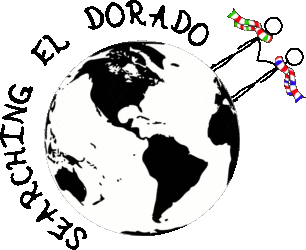
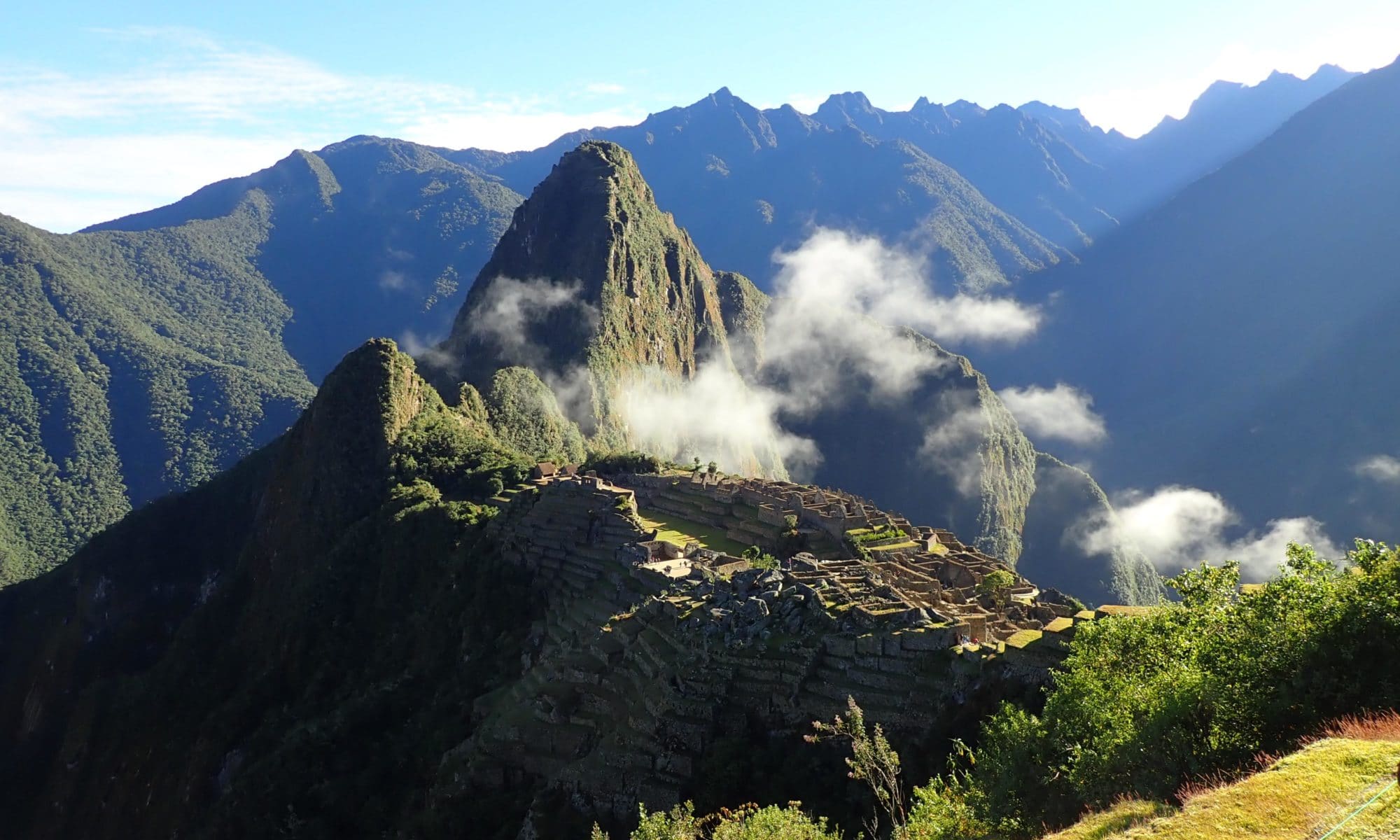
It seems an interesting post. Here I am learning from bucket list journey, how I can skip unwanted expenses, Thanks for sharing
Thank you for reading!